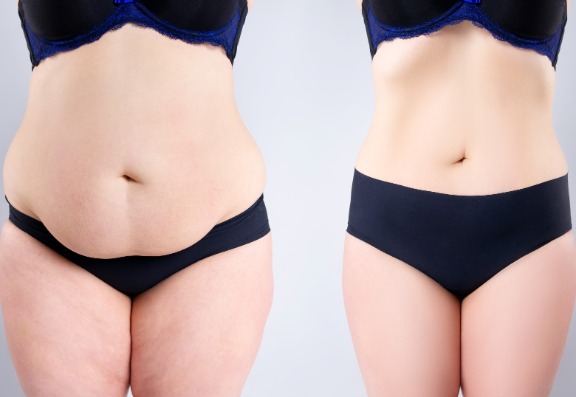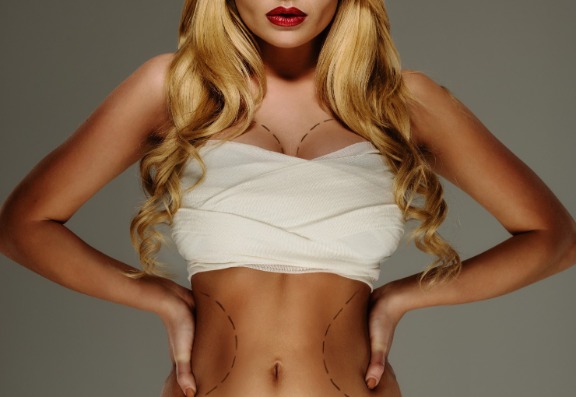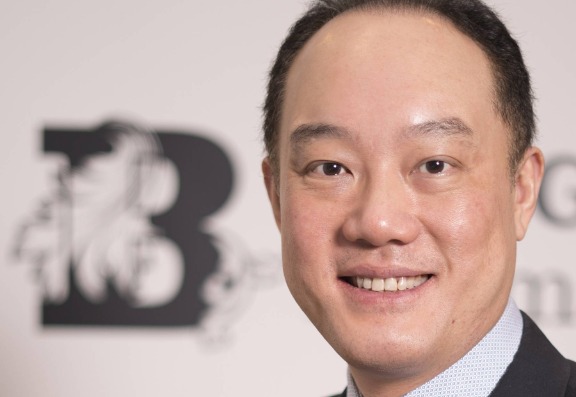“Doctor, this must be every girl’s dream,” said a patient while I was performing the fat transfer procedure on her.
“Why?” I asked.
“Well, every girl surely has excess fat somewhere that she doesn’t like and dreams if only if it could be moved to other places,” she said.
I just smiled, in agreement.
Everyone is predetermined genetically with localised deposits of fat that are very hard to reduce just by dieting and exercise.
Over the years I have seen so many of my patients who would come in for a consultation, looking so slim, bordering on anorexic.
When I asked why they are so slim, the commonest answers would be because they hate a certain part of their body that was just out of proportion to the rest of the body.
So they would diet very hard just to try to lose these localised fatty areas. This ‘difficult to shift’ fat can be anywhere, from the calves, thighs, abdomen, arms, chin and breasts.
In my opinion, in such patients, rather than extreme weight loss perhaps liposuction should be considered.
Most of my liposuction patients are happy with liposuction alone.
However, for some, they do request for the fat to be injected back into other parts of their body that are lacking volume.
Fat transfers can be divided into either large volume or small volume transfers.
Large volume fat transfer is commonly defined as those that needed more than 50mls of fat to be transferred.
The commonest requests for the large volume fat transfers are to the breasts and buttocks.
(Fat transfers to the breast can be performed for both cosmetic enhancement and reconstructive indications.)

I personally do not do many small volume fat transfers as in my opinion for small volumes the hyaluronic acid fillers do the job so much better. However, if needed, small volumes of fat can be injected into areas such as the face and the back of the hands.
What is so good about fat transfers?
There are several benefits of large volume fat transfers when compared to prosthetic (silicone) implant procedures such as breast augmentation or buttocks enhancement (the so-called “Brazilian butt lift”).

What are the downsides to fat transfer?
I have been performing fat transfer procedures since the year 2000.
To this day I have not seen many problems as a result of this procedure.
The most common problem that I have experienced is when the patients that wanted to have fat transferred to the breasts (especially!) are already too slim and do not have sufficient fat to have the procedure done properly.
This problem is now lessened with the use of more efficient fat extraction techniques so that sufficient fat can be transferred.
The second biggest problem with fat transfers is that the final results cannot be guaranteed. Not all the fat that is transferred will survive the procedure, and some will just be reabsorbed by the body.
From my own experience, this can vary from about 15% to 85% survival rate.
The average is about 60% to 70% fat survival rate. Therefore to compensate for this, I tend to overfill the area, knowing that the final result will be smaller. The fat cells that survive the transfer should last a lifetime.
In fact, over the years after the procedure, as the patient puts on weight, the volume in the recipient’s areas will get larger too.
Other potential downsides to fat transfer include infection, fat embolism, asymmetry and fat cyst formation. The risk of infection can be mitigated by using sterile or clean techniques and antibiotics prophylaxis.
Using blunt cannulas instead of sharp needles for the fat injection will almost eliminate the risk of fat embolism. Asymmetry is not common in large volume fat transfers.
However, if this does happen it can be corrected by further fat transfers. If fat cysts happen to form they will need to be drained.
In my opinion, for the best survival of the fat, the following are some principles that might help:
Summary
In my opinion fat transfer or fat grafting is a safe and effective way to create a large volume of fat in areas that need it. However, more studies are needed to establish the best practice to get the best results for the patients.
References:
1. Asilian A, Siadat AH, Iraji R. Comparison of fat maintenance in the face with centrifuge versus filtered and washed fat. J Res Med Sci. 2014 Jun;19(6):556-61.
2. Davis K, Rasko Y, Oni G, Bills J, Geissler P, Kenkel JM. Comparison of adipocyte viability and fat graft survival in an animal model using a new tissue liquefaction liposuction device vs standard Coleman method for harvesting. Aesthet Surg J. 2013 Nov 1;33(8):1175-85
3. Smith P, Adams WP Jr, Lipschitz AH, Chau B, Sorokin E, et al. Autologous human fat grafting: effect of harvesting and preparation techniques on adipocyte graft survival. Plast Reconstr Surg. 2006 May;117(6): 1836-44.
4. Gupta R, Brace M, Taylor SM, Bezuhly M, Hong P. In search of the optimal processing for fat grafting. J Craniofac Surg. 2015 Jan;26(1):94-9.
5. Gerth DJ, King B, Rabach L, Glasgold RA, Glasgold MJ. Long-term volumetric retention of autologous fat grafting processed with closed-membrane filtration. Aesthet Surg J. 2014 Sept:34(7):985-94
If you want to read more, the experts at Consulting Room really know what they're talking about and have put together liposuction, Fat transfers, breast augmentation, buttock lift, scarring FAQs just for you.
If you have more questions, you can use the liposuction, Fat transfers, breast augmentation, buttock lift, scarring questions feature to talk to our panel of trained medical experts.
If you're keen to get started with any of these treatments right away then you're in luck - those clever folks also have a list of trusted, accredited liposuction, Fat transfers, breast augmentation, buttock lift, scarring clinics in your area.
Many thanks to the author of this blog Dr Harryono Judodihardjo who is the Medical Director of Cellulite Clinic Limited, Dr Judodihardjo is trained in all the treatments that are offered at the clinic and personally performs over 1500 procedures per year.
A highly respected figure in the industry, Dr Judodihardjo has trained many doctors in Aesthetic Medicine and is regularly invited to lecture in this field both nationally and internationally.
He regularly contributes to national newspaper and magazine features. You can read a selection of these on the News section of our website.

A recent investigation by 5 News has raised alarm over UK clinics using illegal human-derived exosomes in so-called “next-gen” facials - the latest TikTok-fuelled trend promising younger, smoother skin.
You’ve definitely heard the buzz about Polynucleotides… but what are they really?
Hey, wait!
Before you go.....
Let's stay in touch, pop your details here and we'll send our editor's hand-picked updates on your fave subjects.